Hog Outlook
Ron Plain and Scott Brown
University of Missouri
October 31, 2014
USDA’s Foreign Ag Service released 2015 projections for global meat production and trade a couple of weeks ago. Projections show an increase in world pork production of 1.1% next year, compared to a 1.4% decline for beef production and 1.5% growth for chicken. China and the European Union continue as the world’s top two pork producers, with the U.S. number three. Projected growth of 5.1% for the U.S. in 2015 trails only that of Russia (6.4%) among major producers. China and to a lesser extent Mexico and South Korea are expected to increase pork imports next year, while Brazil, the U.S. and the EU see the largest jump in projected exports.

 Dale Miller, former longtime editor of the National Hog Farmer, Magazine has joined the Minnesota Pork Producers Association as the Membership and Outreach Coordinator. Miller retired from the National Hog Farmer this summer and we are glad to have him as a part of our team. He has a wealth of knowledge about pork production and the people that make it happen every day. He also has the skills to listen to pork producers concerns. Miller’s duties include:
Dale Miller, former longtime editor of the National Hog Farmer, Magazine has joined the Minnesota Pork Producers Association as the Membership and Outreach Coordinator. Miller retired from the National Hog Farmer this summer and we are glad to have him as a part of our team. He has a wealth of knowledge about pork production and the people that make it happen every day. He also has the skills to listen to pork producers concerns. Miller’s duties include: There’s a lot of concern among pork producers about what’s going on with retailers and restaurants. A handful, including brands like McDonald’s, have made demands that their suppliers have a supply chain free of gestation stalls in the next decade.
There’s a lot of concern among pork producers about what’s going on with retailers and restaurants. A handful, including brands like McDonald’s, have made demands that their suppliers have a supply chain free of gestation stalls in the next decade.